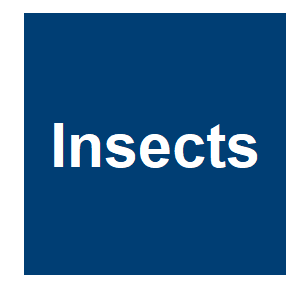Survival-Larval Density Relationships in the Field and Their Implications for Control of Container-Dwelling Aedes Mosquitoes

|
K. G. Evans, Z. R. Neale, B. Holly, C. C. Canizela and S. A. Juliano,
Insects,
14.
2022.

Population density can affect survival, growth, development time, and adult size and fecundity, which are collectively known as density-dependent effects. Container Aedes larvae often attain high densities in nature, and those densities may be reduced when larval control is applied. We tested the hypothesis that density-dependent effects on survival are common and strong in nature and could result in maximal adult production at intermediate densities for Aedes aegypti, Aedes albopictus, and Aedes triseriatus. We surveyed naturally occurring densities in field containers, then introduced larvae at a similar range of densities, and censused the containers for survivors. We analyzed the survival-density relationships by nonlinear regressions, which showed that survival-density relationships vary among seasons, sites, and species. For each Aedes species, some sites and times yielded predictions that larval density reduction would yield the same (compensation), or more (overcompensation), adults than no larval density reduction. Thus, larval control targeting these Aedes species cannot always be assumed to yield a reduction in the number of adult mosquitoes. We suggest that mosquito control targeting larvae may be made more effective by: Imposing maximum mortality; targeting populations when larval abundances are low; and knowing the shape of the survival-density response of the target population. More related to this: When less is more: accounting for overcompensation in mosquito SIT projects
|



